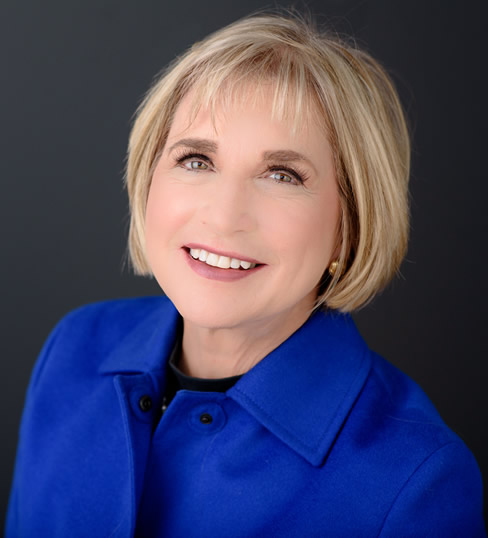In addition to the demonstrated aversion that many seniors appear to have toward tapping their home’s equity according to recent data, another major hurdle that may not be as often discussed is the need for a senior to change their whole mindset in retirement from being a money saver to a sustainable spender, according to Shelley Giordano, director of enterprise integration at Mutual of Omaha Mortgage.
Coming off of data she recently presented at the National Reverse Mortgage Lenders Association (NRMLA) Southern Regional Meeting in Austin last month, Giordano explores why there continues to be reticence among seniors for tapping home equity and said that cracking the code often requires empathy for the person who could be assisted with something like a reverse mortgage.
That empathy includes understanding the big ask of reorienting the person’s financial identity in retirement.
Going from a saver to a spender
Something that may not be discussed enough in terms of the borrower experience is the need to change a mindset from one of saving — where a person sees their retirement account balances climb over a period that could span decades — to one of sustainable spending, where the balances steadily decrease over time.

“My brother is 18 months younger than me and he has a pension,” Giordano said. “When I ask him about retirement, he has zero stress. I have a 401K account, and so the idea of going from being a saver for the last 30 years and watching my accounts go up in value [during that whole time], and then day one retiring becoming a spender, it gives me angina, just the thought of it.”
There appears to be a belief in some that people will be “happy” making such a reorientation of their mindsets in later life, and Giordano just doesn’t see how that could be the case.
“I think that this idea that you’re going to save on your taxes when you’re employed and invest in your 401K, and then you’re going to reach retirement, and be in a lower tax bracket, that’s the whole point of the 401K,” Giordano said. “Then, [the assumption goes that] you pay taxes on a lower amount, maybe or maybe not, nobody knows. After that, you’re going to be happy spending down every month. People are not happy about doing that.”
A behavioral scientist explained to Giordano that becoming accustomed to rising account balances before they abruptly begin falling in retirement can be very disruptive to a person’s thinking.
Reverse mortgage as a hedge against the shock
There’s one potential way that industry professionals could potentially position the reverse mortgage value proposition, as going from a saver to a spender challenges seniors, Giordano said, based on the work done by academic financial planners like Wade Pfau and Barry Sacks.
“[They] recommend in retirement that you have your inflexible, non-discretionary expenses covered with [cash flow] that is coming in every month, no matter what it is,” Giordano explained. “So for most people, that will just be social security and maybe their [required minimum distributions], but you got that covered. And then after that, your retirement should be dynamic.”
Based on this work, if the economy has been favorable and the retiree has made money with their other assets, spending can be permissible. But if the retiree’s assets failed to make them money, then big discretionary purchases like a vacation or a car should be avoided.
“You have some control over your discretionary expenses,” Giordano said. “And that’s how a reverse mortgage can fit into that.”
If someone takes out a reverse mortgage, they can reduce their inflexible expenses by eliminating an existing forward mortgage payment, which in turn frees up more money for discretionary spending.
“Barry Sacks will actually go to the length of saying that the effect on your other assets of having access to cash flow and having more control makes the cost of setting up a reverse mortgage almost negligible,” Giordano explained. “Because the effect on everything else can be so positive. That’s a different message than what we’ve used over the years, which is ‘if you’re desperate for cash flow, set up a reverse mortgage,’ and those might not be the best people for a reverse mortgage.”
Giordano said that the argument can be made that more people in the proverbial “middle” — who have other assets in need of protection — would be the ideal client for a reverse mortgage.
“But that’s a difficult message to get out there,” Giordano said.






